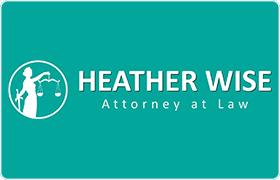Sonoma White Collar Crime Lawyer, California
Sponsored Law Firm
-
 x
x

Click For More Info:
-
Heather Wise Attorney at Law
700 College Ave Suite 1 Santa Rosa, CA 95404» view mapCriminal Defense Effective, Compassionate, & Tenacious
Ms. Wise is committed to supporting the safety and rights of our entire community. She is intent on providing compassionate and effective representation.
800-920-7321
Jeffrey E. Hammond
Traffic, Litigation, White Collar Crime, DUI-DWI
Status: In Good Standing Licensed: 28 Years
Martin James Martinez
Health Care Other, Federal Appellate Practice, White Collar Crime, Products Liability
Status: In Good Standing Licensed: 43 Years
Anthony Stuart Lowenstein
Aviation, White Collar Crime, Criminal, Administrative Law
Status: In Good Standing
Michael Leon Marowitz
White Collar Crime, Criminal, Constitutional Law, Personal Injury
Status: In Good Standing
Kevin Mcconnell
Civil Rights, White Collar Crime, Products Liability, Dispute Resolution, Insurance
Status: In Good Standing
Brittany Halley Hendrix
Dispute Resolution, White Collar Crime, Constitutional Law, Civil Rights
Status: In Good Standing Licensed: 12 Years
 Heather Wise Santa Rosa, CA
Heather Wise Santa Rosa, CA Practice AreasExpertise
Practice AreasExpertise
